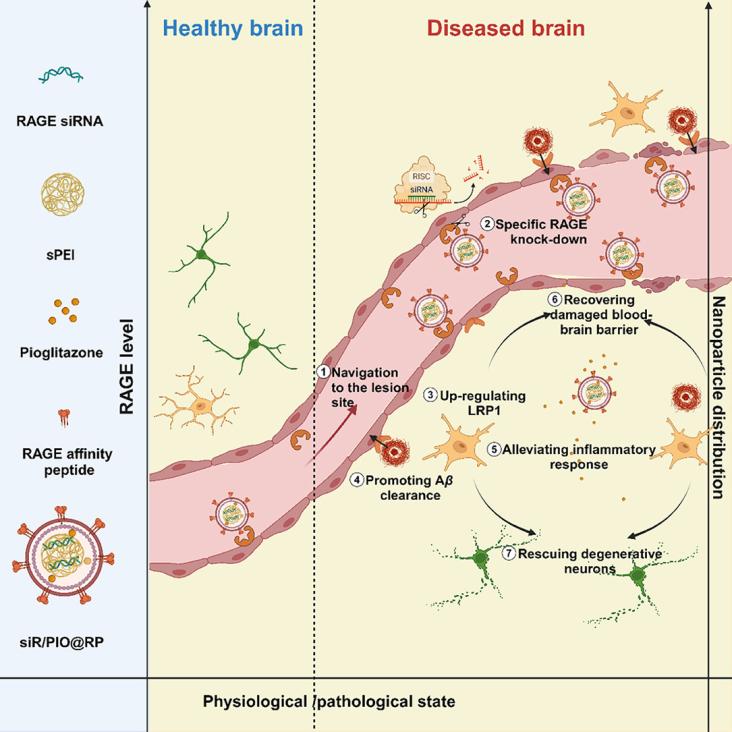This study, led by Indigenous scholars at the University of Queensland, examines the health and social outcomes of Indigenous peoples and health workers during pandemics in urban settings. The study incorporates systems thinking, emphasising new approaches to complex problems. The research highlighted systemic challenges in pandemic responses, emphasising the need for policy reform, particularly in areas like housing.
Digital Healthcare in Asia and Gulf Region for Healthy Aging and More Inclusive Societies: Shaping Digital Future, 2024, pp 331-352
This content aligns with Goal 3: Good Health provides understanding the mechanisms involved in AIH pathogenesis controlling hepatitic inflammation.
The findings contribute to a deeper understanding of the unique social and emotional wellbeing needs of Aboriginal and Torres Strait Islander peoples accessing home-based aged care services and have significant implications for current and future aged care reforms in Australia.

The study introduces a nano-modulator that targets the damaged blood-brain barrier in Alzheimer’s disease. This modulator releases therapeutic agents that reduce amyloid-beta load, alleviate neuroinflammation, and restore neurovascular unit function, showing potential for Alzheimer’s treatment.
Bioreactor Design Concepts for Viral Vaccine Production: Progress in Biochemistry and Biotechnology, 2024, Pages 297-310
This content aligns with Goal 3: Good Health The chapter provides information on a cost-effective and easy way to produce the vaccine grade HCV.
